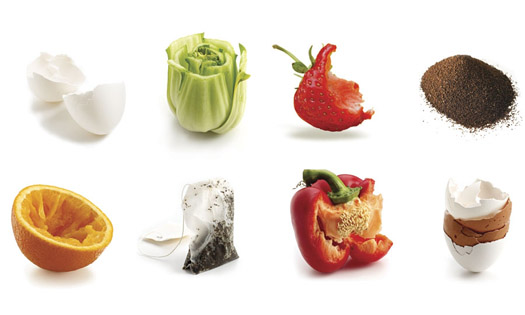The 3-Minute Rule for "Compostable vs. Biodegradable: Understanding the Difference"

The Journey of a Banana Peel: How Compostable Materials Aid Decrease Landfill Waste
In our modern society, where advantage and disposability have become the standard, the issue of landfill rubbish has ended up being a pushing problem. Every day, countless loads of junk are disposed into landfills, taking up valuable space and inducing danger to our environment. Nevertheless, there is a answer that can help minimize this issue - compostable components. In Compost tips , we will discover the journey of a banana peeling and how compostable products can easily play a considerable function in decreasing land fill misuse.
Bananas are one of the most commonly eaten fruits around the world. From its yellowish flesh to its thick peeling, each part offers its very own objective. But have you ever asked yourself what occurs to that banana peeling after you throw it in the garbage? Usually, it would end up in a dumping ground along along with various other natural misuse.
When all natural rubbish such as meals scraps or yard edgings disintegrate in garbage dumps, they produce methane gasoline - a potent green house gas that contributes to weather change. In simple fact, landfills are one of the most extensive sources of methane exhausts globally. This is where compostable materials happen into play.
Compostable materials refer to items that can easily damage down normally via biological methods right into nutrient-rich ground gotten in touch with compost. Unlike conventional plastic or newspaper products that take hundreds or even manies thousand of years to disintegrate in land fills, compostable materials need particular conditions - such as warm and wetness - to damage down within months.
Let's follow the journey of our banana peel once it enters a composting amenities. Initially, it gets mixed along with other organic refuse like vegetable fragments and coffee grounds picked up coming from households and organizations. This mix is known as eco-friendly waste or feedstock for composting.
Next off happens the disintegration process. The feedstock is put in huge stacks called windrows or transformed consistently utilizing equipment to make certain suitable airflow and humidity amounts important for decomposition. Bacteria like micro-organisms and fungi crack down the natural matter, launching warm in the procedure.
As the banana peeling and various other natural refuse decompose, they transform right into a nutrient-rich component gotten in touch with compost. This compost can then be used to enhance soil in yards, farms, or even large-scale agricultural procedures. It improves ground construct, retains humidity, and gives essential nutrients for plants to grow.
By drawing away all natural misuse coming from garbage dumps and changing it in to compost, we not only minimize the amount of methane exhausts but additionally create a beneficial source that may help our setting and farming. Composting assists close the vitamins and mineral loophole through coming back necessary nutrients back to the the planet instead of being shed in dumping grounds.
In add-on to fruit peels, lots of other things may be composted as effectively. Food junks like fruit and vegetable peeling, coffee grounds, eggshells, and herbal tea bags are all excellent applicants for composting. Lawn edgings such as grass clippings and leaves may likewise be featured in the mix.

Compostable materials go beyond food rubbish. Compostable packing helped make coming from components like corn starch or sugarcane fiber may switch out standard plastic containers or bags that take centuries to break down. These eco-friendly alternatives crack down quickly after use, decreasing the burden on landfills.
To better promote composting and lessen dumping ground rubbish, lots of neighborhoods supply curbside collection systems for natural refuse. Citizens are delivered along with distinct cans primarily for food junks and yard edgings that are then accumulated along with routine garbage pick up. These plans not only help make composting much more available but also enlighten individuals concerning its benefits.
In final thought, compostable products participate in a crucial function in reducing landfill misuse by drawing away organic concern coming from garbage dumps and changing it in to nutrient-rich compost. By turning fruit peels in to important ground change instead of adding to methane discharges in garbage dumps, we may produce a significant effect on our environment.
The journey of a fruit peel highlights the value of composting and the benefits it takes. Coming from decreasing green house gasoline exhausts to improving soil health and wellness, compostable products give a maintainable answer to our rubbish concern. Thus, allow's embrace composting and make a good distinction for our world, one fruit peel off at a time.
